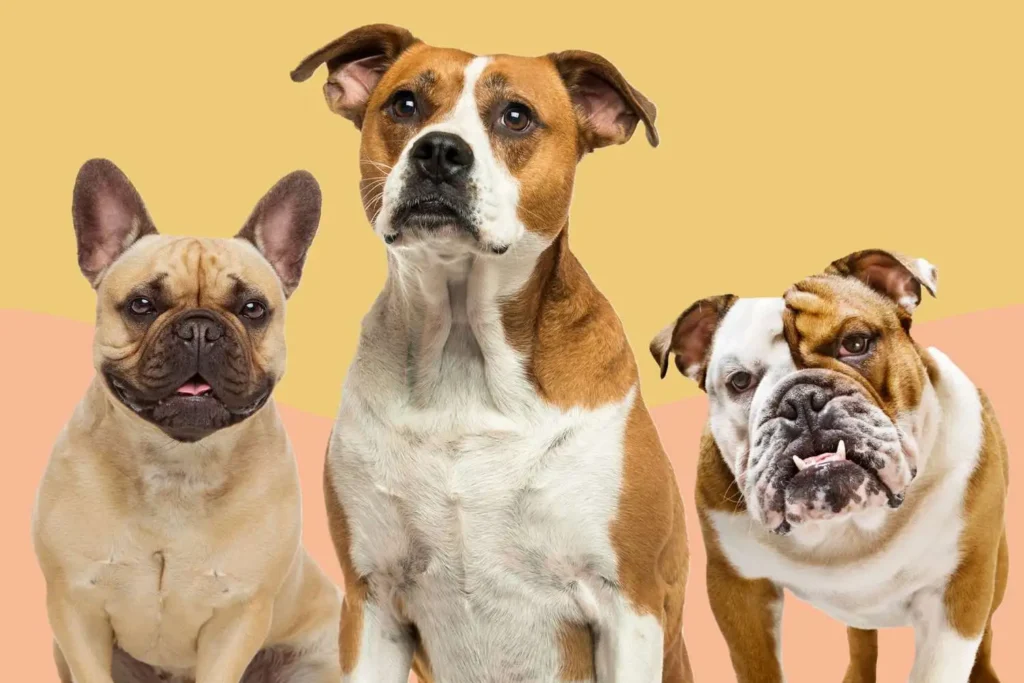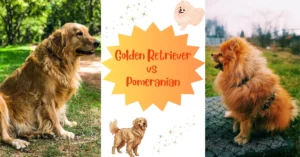The History of the Bulldog Breed: A Journey Through Time
The Bulldog breed, with its distinctive appearance and unique personality, has a rich history that spans centuries. In this comprehensive exploration, we will delve into the fascinating evolution and historical significance of the Bulldogs breed, tracing its origins, development, and transformation into the beloved canine companions we know today.
Origins and Early History:
The Bulldog’s origins can be traced back to ancient civilizations. While the exact ancestry of the breed is still a subject of debate among historians and canine enthusiasts, it is widely believed that Bulldogs share common ancestors with ancient Mastiffs and Alaunts. These early dogs were valued for their strength, courage, and loyalty.
One of the earliest depictions of a Bulldog-like breed can be found in ancient Assyrian art dating back to 2500 B.C. These depictions show dogs that bear a striking resemblance to modern Bulldogs, suggesting a long and storied history.
Medieval England: The Birthplace of the Bulldog Breed:
The true transformation of the Bulldog breed as we know it today began in medieval England. Bulldogs were initially bred for practical purposes, primarily as working dogs on farms and in various trades. They were utilized for tasks such as bull-baiting, which involved gripping a bull’s nose to immobilize it.
The term “bull-baiting” itself hints at the breed’s original purpose. Bulldogs were used in this brutal sport, as their tenacious and determined nature made them well-suited for the task. The breed’s name, “Bulldog,” is derived from this historical association with bull-baiting.
Selective Breeding and Evolution:
Bull-baiting, although inhumane, played a crucial role in shaping the Bulldog breed. Selective breeding was employed to enhance the dog’s physical characteristics and temperament for this specific purpose. Over time, breeders focused on developing a stockier, more muscular build, a powerful jaw, and a strong grip.
The Bulldog’s distinctive pushed-in nose, loose skin, and undershot jaw, which is a defining feature of the breed, were further refined during this period. These features allowed the Bulldog to maintain its grip on the bull’s nose without impeding its breathing.
The Bulldog’s Transition: From Bull-Baiter to Companion:
The early 19th century marked a turning point in the Bulldog’s history. Changes in legislation and shifting societal attitudes led to the banning of bull-baiting and other cruel sports involving animals in England. This prohibition threatened the Bulldog’s very existence, as its primary function was no longer valid.
However, this challenging period also presented an opportunity for the Bulldog to transition from a working dog to a beloved companion. Breeders began to shift their focus towards creating a more docile and friendly temperament, making Bulldogs suitable for family life.
Bulldogs in the United States:
The Bulldog breed found its way to the United States in the 18th century. Initially, these dogs were used for similar purposes as in England, such as bull-baiting and as working dogs on farms. However, as in England, the breed evolved to become more family-oriented as these cruel practices fell out of favor.
In the late 19th century, Bulldogs gained popularity in the United States, and breed clubs were established to promote responsible breeding and showcase Bulldogs at dog shows. The American Kennel Club (AKC) officially recognized the Bulldog breed in 1886, providing further recognition of the breed’s growing status as a beloved companion animal.

Modern Bulldogs: Characteristics and Temperament:
Today’s Bulldogs, often referred to as English Bulldogs, are known for their distinctive appearance and gentle, affectionate temperament. They have a muscular build, a loose, wrinkled skin, and a short, pushed-in nose. Bulldogs have a distinctive gait, which is somewhat reminiscent of a rolling motion due to their unique physique.
In terms of temperament, Bulldogs are known for their loyalty, patience, and love for human companionship. They are often described as “gentle giants” and are known to be great with children, making them wonderful family pets. Despite their intimidating appearance, they are not aggressive and rarely bark without reason.
Health Considerations:
While Bulldogs have come a long way from their bull-baiting days, they do have specific health considerations due to their unique physical traits. Their flat faces, known as brachycephalic features, can lead to breathing difficulties and overheating. They are also prone to obesity, joint issues, and skin problems due to their loose skin folds.
Responsible breeding practices and proper care are essential to mitigate these health concerns. Potential Bulldog owners should be prepared for regular veterinary check-ups, a controlled diet, and monitoring their pet’s physical condition to ensure a happy and healthy life.
Pop Culture and Symbolism:
Bulldogs have achieved a prominent place in pop culture and symbolism. They are often used as mascots for sports teams, representing tenacity and strength. The breed’s distinctive appearance has been featured in various advertisements and media, making them instantly recognizable.
Moreover, Bulldogs have been featured in literature, film, and television. Their endearing and sometimes comical personalities make them ideal characters in both children’s and adult entertainment..
There are several different breeds of Bulldogs, each with its own unique characteristics. Here is a list of some Bulldog breeds:



